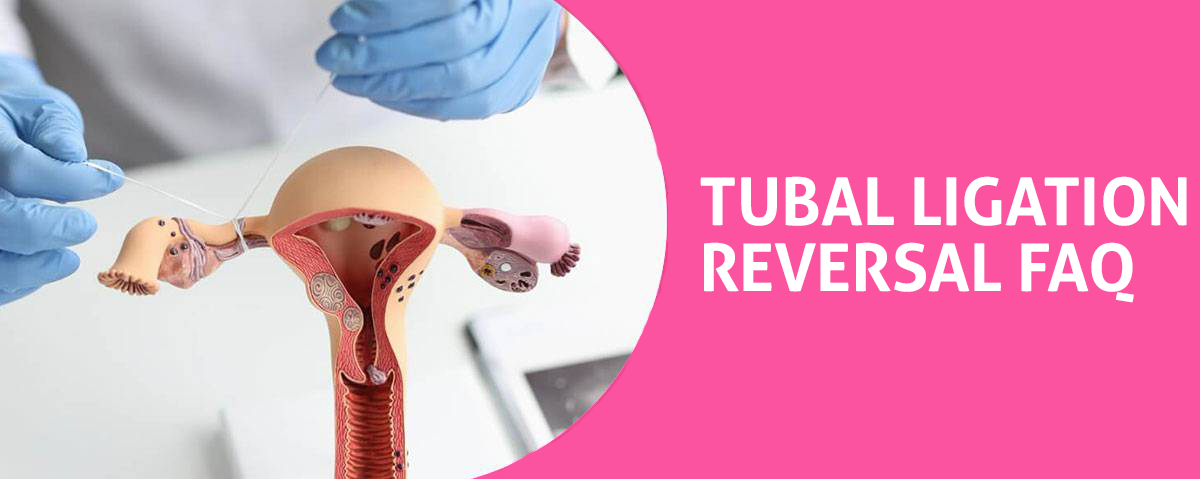After a Tubal Ligation Why Do the Tubes Go to the Lab?
You’ve taken the leap and undergone a tubal ligation, but you’re puzzled as to why your tubes are shipped off to a lab afterwards. We’ll peel back the curtain on this medical mystery, explaining why this step is a crucial part of your procedure. It’s not just about tying loose ends; it’s about your health and ensuring everything has gone as planned. Dive in to uncover the importance of this post-procedure analysis.
The Journey to the Lab
After your procedure, you might be curious about what actually happens to your tubes once they’re sent to the lab. Here’s a glimpse into the lab logistics. Firstly, your tubes are carefully packaged and immediately transported to the lab, ensuring sample preservation. At the lab, they’re logged into the system, tracking their journey from start to finish.
The tubes then undergo a series of tests, including histopathological examinations, to confirm the presence of normal tube tissue and rule out any abnormalities. These tests are performed under stringent conditions to maintain the integrity of your sample. It’s a meticulous process, handled by trained professionals who ensure that every detail is scrutinized for your safety and peace of mind.
Laboratory Examination of the Tubes
Once at the lab, your tubes aren’t just shelved away; they undergo a thorough examination to ensure everything’s as it should be. This involves a detailed study of tissue pathology. The tubes are meticulously scrutinized under a microscope by a pathologist who looks for any abnormal findings. It’s important to understand that this isn’t a routine check; it’s a key step in your post-tubal ligation process. The findings from this examination will clarify if there were any pre-existing conditions or any potential issues that could affect your health. Thus, the laboratory examination not only confirms the success of the ligation but also acts as a preventive measure, ensuring your overall well-being.
Importance of Post-Procedure Analysis
The post-procedure analysis of your tubes isn’t just a formality; it’s an essential part of ensuring you’re in the best possible health after your tubal ligation. This step is crucial in the surgical procedure aftermath. It allows for the detection of any abnormalities that might have been overlooked during the operation. Specimen testing benefits include the identification of potential risk factors, such as ectopic pregnancies or infections, that could potentially compromise your health. The lab analysis also verifies the success of the procedure by confirming that your tubes were correctly and completely sealed. Having this information not only provides peace of mind but also allows for the timely intervention if any issues do arise. So, don’t overlook the importance of this post-procedure analysis.
Other Popular Questions About Tubal Ligation Reversal:
How Dangerous Is Tubal Ligation?
How Common Is Weight Gain After Tubal Ligation?
How Common Is Tubal Ligation Failure?
How Common Is Regret After Tubal Ligation?
How Common Is Recanalization After Tubal Ligation?
How Common Is It to Get Pregnant 7 Years After a Tubal Ligation?
How Can You Tell if Your Tubal Ligation Failed?
How Can You Still Have Periods After Tubal Ligation Anatomy?
How Can You Have a Period After Tubal Ligation?
How Can I Tell What Type of Tubal Ligation I Had?
How Can I Reverse Tubal Ligation?
How Can I Prevent Early Menopause After Tubal Ligation?
By using this webiste you agree to Terms and Conditions
